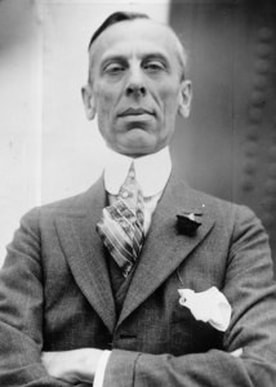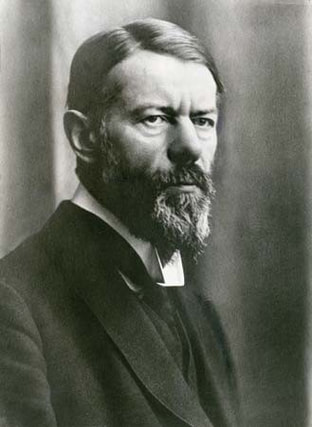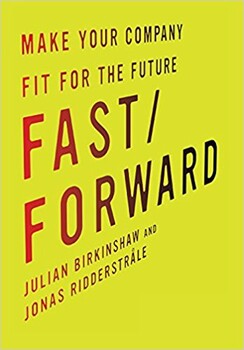|
“A bureaucracy is no democracy” -- Julian Birkinshaw & Jonas Ridderstrale, Fast/Forward By William Ballard Anyone who has ever been in some type of leadership role knows that there is more to managing subordinates than just barking orders and telling people what to do. In fact, every organization operates under four primary components or elements: Position, Knowledge (or competency), action, and emotion. For example, the Army’s leadership approach is based on their core principles of “Be, Know, Do.” Be refers to character development and position. Know refers to competency, skill, and expertise. Do refers to action or behavior. In order to manage an organization or department effectively, it’s important to emphasize each of these four components at various times. Let us look at how these four components compare to management at the individual level, and to the organizational level.
|
| Hi, my name is William Ballard! I'm the Founder and CEO of William Ballard Enterprise, where we work with incredible business owners and entrepreneurs like yourself every single day. We are big believers in the fact that the key to business success is effective business planning and courageous execution. With that said, we encourage you to schedule a call with us to discuss your business goals, and to see how we might be able to help. |
Comments












